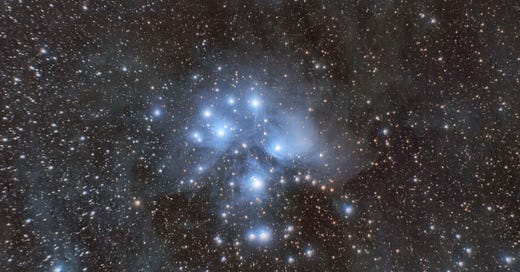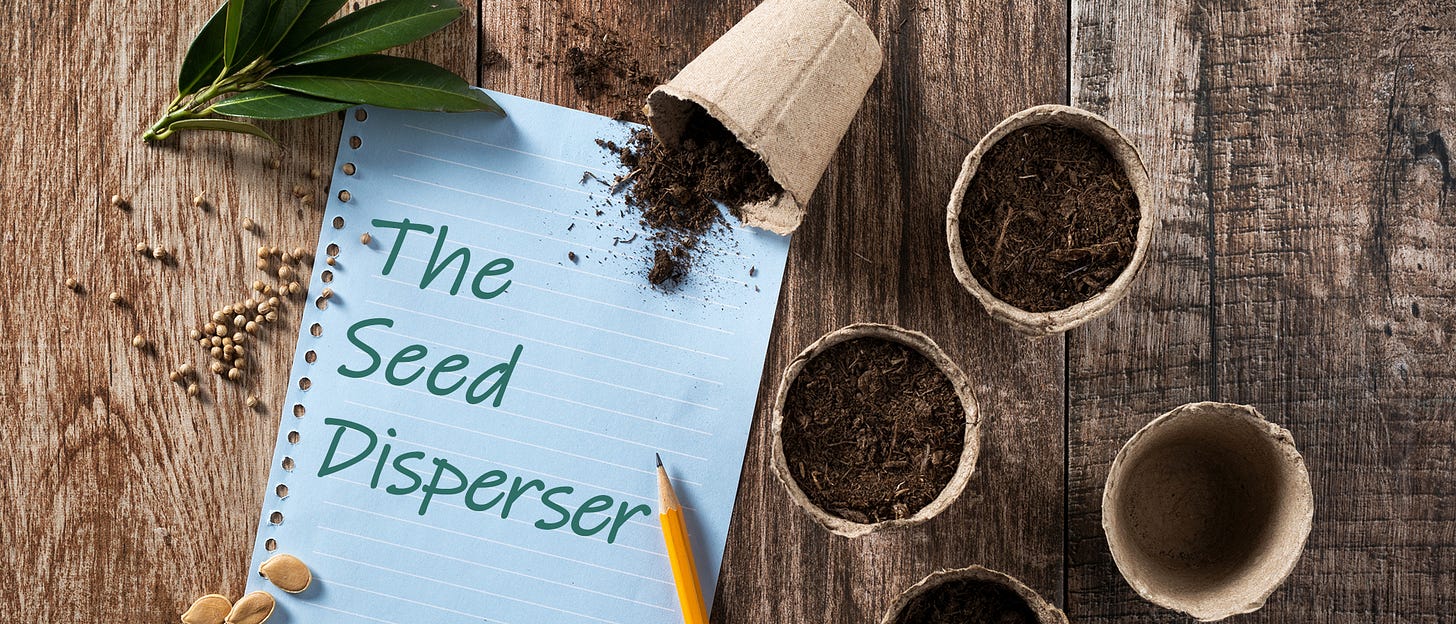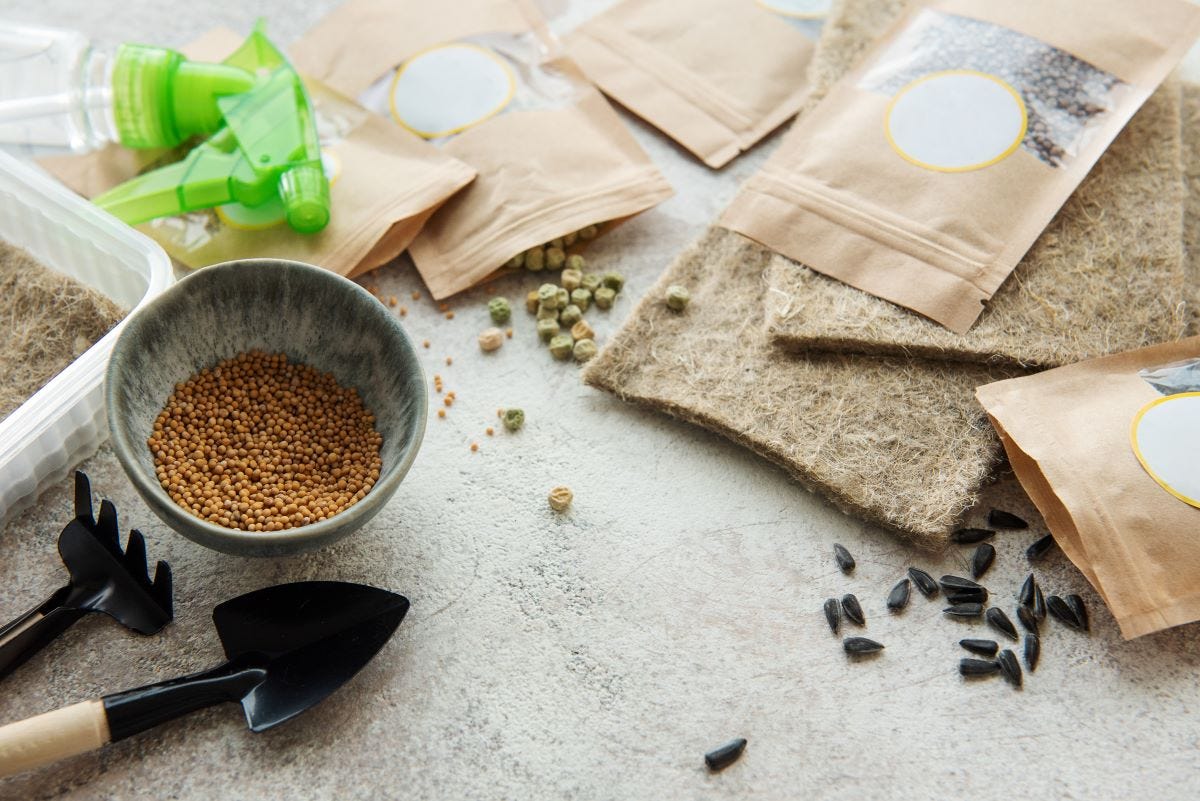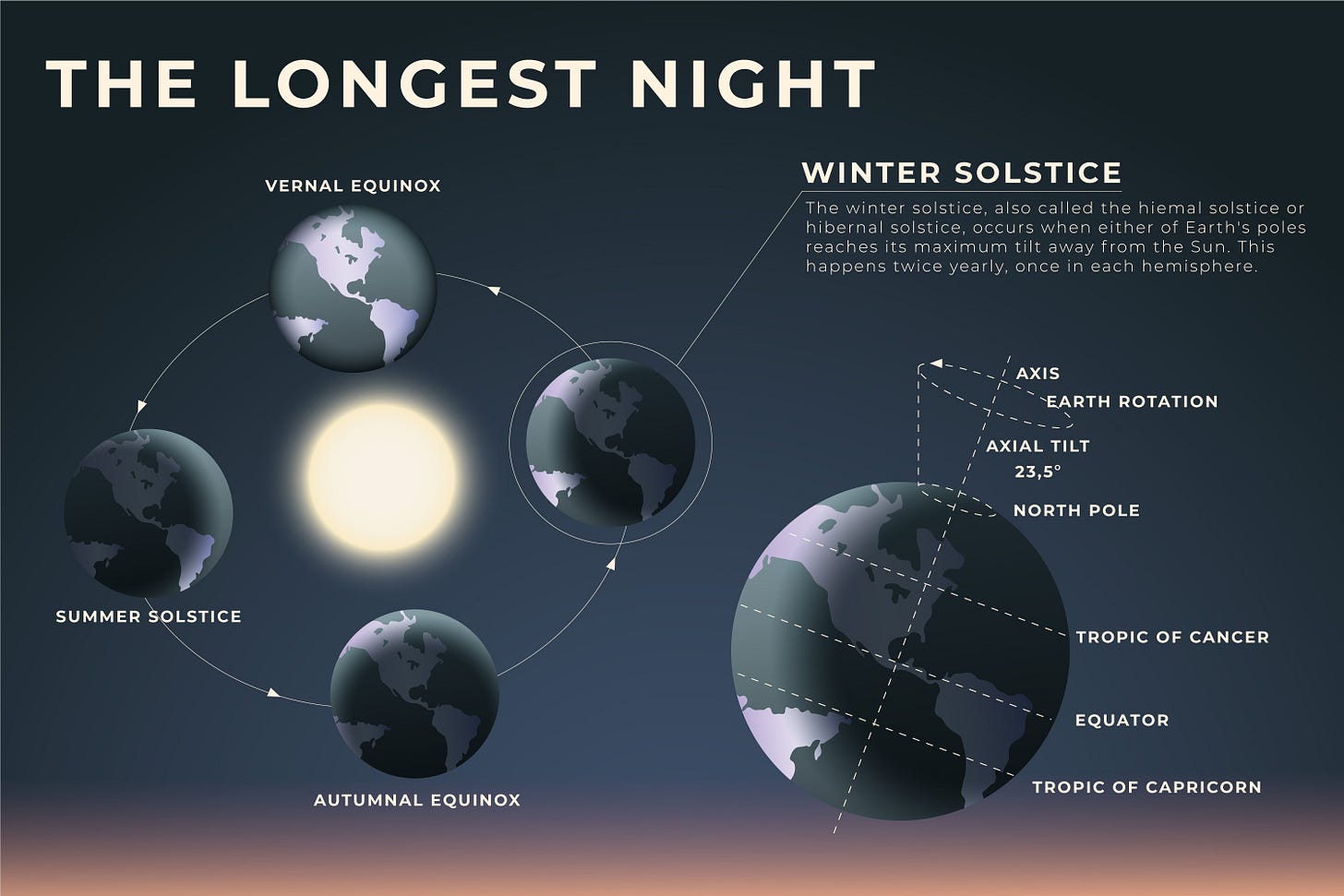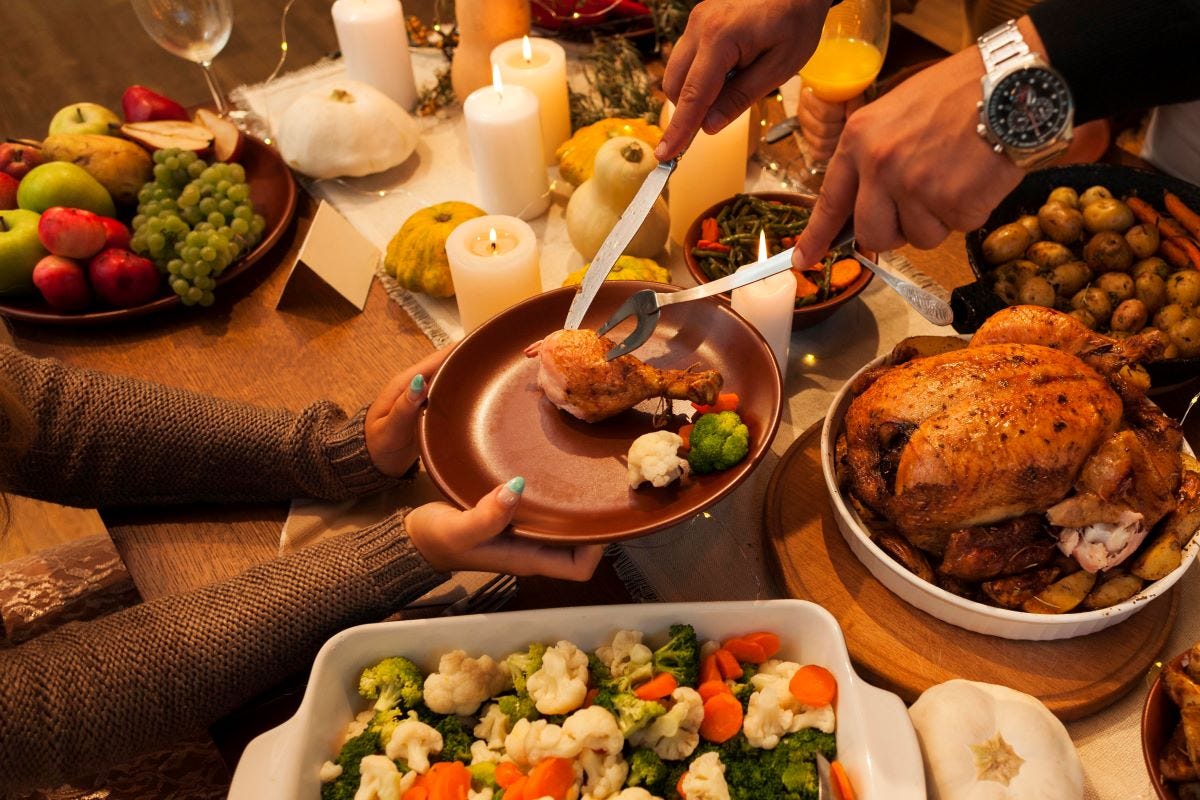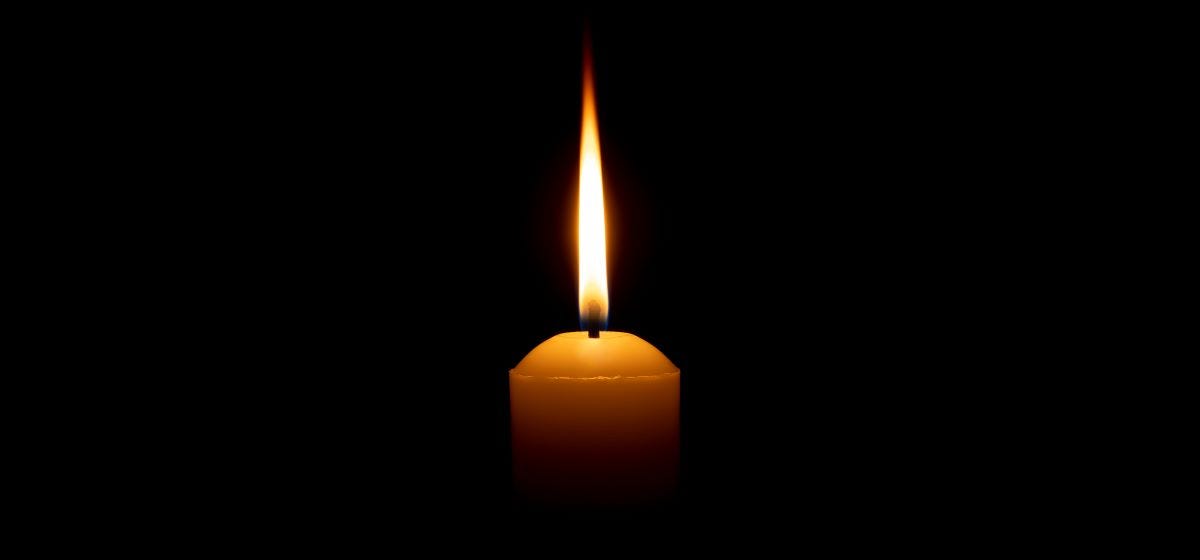What’s in this month’s Seed Disperser
Resource of the month - Matariki
Inspiration this month - Short and Long
The short and the long of it
Solstice - the sun stands still
Matariki feasting
Hymn for Matariki
Gratitude Stars
Special offer - Taking Flight
On a personal note - Raised gardens
Resource of the month
Matariki
In 2022 Aotearoa celebrated our first public holiday that recognises Te Ao Māori. This is an annual public holiday for all New Zealanders, and we are all invited into the journey of celebration.
When the star cluster of Matariki rises it is a time to gather with family and friends, to reflect on the past year, to give thanks, and to make plans for the future.
Mātauranga Māori is at the heart of celebrations of the Matariki public holiday. Mātauranga Maori is knowledge and wisdom passed down from Māori ancestors, including a Māori world view and perspectives, as well as Māori creativity and cultural practices.
We embrace Māori knowledge and wisdom this Matariki and in our Matariki retreat material by including and acknowledging:
Remembrance - Honouring those we have lost since the last rising of Matariki.
Celebrating the present - Gathering together to give thanks for what we have.
Looking to the future - Looking forward to the promise of a new year.
About the retreat
This Matariki retreat can be used in a variety of ways. You may like to use this as a personal reflection or as a retreat experience for yourself in one sitting or spread the contents of the retreat out over the different days of Matariki. With the Matariki focus of gathering together, you may want to use one or more of the sections with a group of friends or family over the Matariki weekend. The retreat can be adapted to a more formal setting such as a church worship service or used in or a more informal worship setting outdoors or a combination of both.
Curated and written by Caroline Bindon & Rebecca Stubbing
We are not experts on Matariki. This offering borrows from the understandings and knowledge of others and draws from our own experiences of embracing Māori knowledge and wisdom in our own lives. Caroline has been creating and curating interactive and experiential worship events for over 20 years taking us to outdoor places and spaces and celebrating and honouring the creation and God at work in our ordinary lives and in our world. Rebecca (Te Rarawa, Ngāi Takoto, Ngāti Pūkeko) is part of Caroline’s whānau and the Avenues congregation. She is a long-time student of Te Reo and Te Ao Māori, and has tried her best to help with reo and tikanga in preparing this resource.
Free or koha
This retreat is offered free for download. If you'd like to support our work by offering a koha this would be very much appreciated.
Inspiration this month
Short and Long
The short and the long of it
When William Shakespeare picked up his quill and wrote his plays, did he have any idea that many of his turns of phrase would become widely used then, and remain in use in the year 2024? The phrase, ‘This is the short and the long of it’ appeared in Shakespeare’s comedy play, ‘The Merry Wives of Windsor’ written sometime between 1597 and 1601. The short and the long of it (or the inverse the long and the short of it) refers to a plain fact. The truth when told is not altered in any way whether an explanation is offered via a short version or a longer version.
Our theme for this month’s edition of The Seed Disperser plays on the idea of short and long days. In Aotearoa, winter is here, and with it comes our shortest day followed by our Matariki public holiday.
Many of our subscribers are based in the northern hemisphere and are experiencing longer days and an accompanying warmth.
The short and the long of it is, that no matter where we are in the world, our God is with us. As always, our intention with The Seed Disperser is to provide a range of seeds of ideas….
Solstice - the sun stands still
Throughout history different cultures have created rituals based on changes in nature. Rituals and celebrations bring meaning to our daily lives. They help us mark time and create spaces for us to understand our place in the world, our connections with others, and invite us to process the inevitable changes that life brings. Establishing annual or seasonal practices based on what is happening in the environment, external to us, offers us connection and meaning in our spiritual lives.
The upcoming solstice provides an opportunity to reflect on the wonder of God’s creation. How marvellous to ponder the mathematical precision with which the world tilts and spins. How awesome to contemplate the science of day and night. We can establish an annual ritual to mark this time each year or enrich our experiences with a one-off celebration to mark change in our lives and to find connection in our faith.
What is the solstice?
The solstice represents the moment when the sun reaches its highest or lowest point in the sky. The word ‘solstice’ means ‘the sun stands still’. In the days leading up to the respective solstice, the sun appears to move very little. It appears to stay at it’s noon position for longer, hence ‘sun standstill’.
The tilt of the earth creates our seasons. As the earth orbits the sun, it tilts so that for one half of the year the northern hemisphere is tilted towards the sun and for the other half of the year it’s tilted towards the sun in the southern hemisphere.
When the summer solstice occurs the earth’s tilt toward the sun is at its highest elevation. When that’s happening in the northern hemisphere, the opposite is happening in the southern hemisphere. The sun is at its lowest elevation. Happening at exactly the same time on opposite sides of the planet, the summer solstice marks the longest day or shortest night of the year, while the winter solstice marks the shortest day or longest night of the year.
The solstice approaches in a few days. Typically recognised on the calendar as a whole day, the solstice is actually a moment in time. Here in Aotearoa, the winter solstice will take place on Friday 21 June at 8.50am. In the northern hemisphere at exactly the same moment, the summer solstice takes place. If for example, you live in Nova Scotia, Canada the solstice occurs on Thursday 20 June at 5.50pm.
The difference in daylight hours experienced in any location relates to closeness to the equator and the two poles. Both the Arctic Circle and Antarctic Circle experience 6 months each of day and 6 months of night, in polar opposites depending on whether it’s summer or winter in their respective hemisphere.
In Singapore, only 137 kilometres north of the equator, the difference in light in the six months between the summer and winter solstices is only 9 minutes, whereas here we we live on Whangaparaoa Peninsula, the difference is 5 hours between the two solstices. On the winter solstice this Friday, we’ll experience 9 hours, 37 minutes and 53 seconds of daylight. Later in the year when the summer solstice occurs on 21 December at 10.19pm we’ll experience 14 hours, 41 minutes and 37 seconds of daylight.
If you want to have a play to find out more about lengths of days in different parts of the world, and find out more about your own location the timeanddate website is invaluable for figuring out time differences.
Here’s a few practices and ideas to try during this coming solstice.
Sunrise or Sunset
Find a place to view the sunrise or sunset and reflect on the wonder of God’s creation. Reflect on the day that has been or contemplate the day ahead. Ponder change in your own life. Ponder whether you’re tilting towards or away from God right now in your faith journey. Offer your thoughts as a prayer to God.
Focus on the light
Search for Bible passages about light including Jesus calling himself the Light of the World, and the opening verses of the book of Genesis where God said, ‘Let there be light’. Use a practice such as Lectio Divina to meditate on your chosen verses. Use this downloadable Lectio Divina card from the Conception Abbey
When God began to create the heavens and the earth, the earth was complete chaos, and darkness covered the face of the deep, while a wind from God swept over the face of the waters. Then God said, “Let there be light,” and there was light. And God saw that the light was good, and God separated the light from the darkness. God called the light Day, and the darkness he called Night. And there was evening and there was morning, the first day.
Genesis 1:1-5 (NRSVUE)
Take a musical journey
Many musicians have recorded songs based on the longest night. Search through YouTube or Spotify and create a playlist for yourself with songs for the longest night or the longest day.
May we stand at the doorway of this longest night
And remember that dawn will bring back the light
May we rest like a seed, deep in the ground
And remember the wheel turns aroundPatti Shaffner, Song to the Longest Night.
Host a shortest or longest day feast
Invite friends or family over for a meal. If it’s the summer solstice, enjoy the welcome warmth of a summer evening spent with friends eating outdoors with a bbq or picnic. If it’s the winter solstice, enjoy the cosy warmth of gathering with friends indoors and enjoying hot comfort food together.
Candlelight reflection
When it is fully dark, light a candle and sit alone in the darkness. Let the darkness surround you and embrace you. Focus on your senses and what you notice; the sight of the flickering flame, the sounds in the house and outside, the touch and textures of the seat you’re sitting in. Still your thoughts and be present in the moment. Sit this way for a few moments, just sensing and observing your environment. Allow yourself to think and reflect. Take notice of what comes to your mind first and how these thoughts are influencing the way you navigate your daily life and interact with others. Turn your thoughts and reflections into a prayer.
Mark the moment
Find out the time of the solstice where you live. Set an alarm so that you can mark the exact moment of the solstice. Spend a minute in prayer or silent reflection, contemplating the tilt of your faith journey right at this moment in time. Pray for friends and family in other parts of the world experiencing the solstice in a different way from you.
Take stock the short or long way
Use the solstice as a time to reflect on your life and faith journey. Make a bullet list (short way) or write a letter (long way) on where you are right now, and the things that are on your heart right now. You might like to keep the list/letter in a book and add to this each equinox or solstice.
Solstice seed swap
I’m not sure where it started, but it seems hosting a seed or seedling swap is something that some people do at both the summer and winter solstice. The winter solstice is a good time to plan for the spring planting, while the summer solstice lends itself to a seedling swap giving a head start on summer veges and flowers.
Swapping seeds is a way of connecting with others and appreciating God’s creation.
Jesus spoke often of seeds in his teachings and parables. From the smallest seed come possibilities for growth and abundance. A seed offers hope of new beginnings, of acknowledging cycles and seasons, of a process involving patience and nurture, of paying attention and of a bringing together a complex mix of soil, temperature, water and sun to create the right conditions
Get outdoors
Make a plan to spend some time outdoors appreciating the day or the night. Do something you really enjoy like a walk to a favourite beach or forest. Wrap up warm and toast marshmallows on an open fire or fire up the pizza oven or BBQ even if it is the middle of winter. Go for a mid-winter swim or take your shoes and socks off and paddle your feet in cold water of a beach, river or lake. If it’s the summer solstice where you are, sleep under the stars or on an outdoor porch so you can wake with the morning sun. Do something to make yourself take notice and appreciate the shift of the solstice.
Matariki feasting
A week after the shortest day, we’ll have our Matariki public holiday on Friday 28 June. We’re still very new to this public holiday although celebrating Matariki itself goes back many centuries. Like any celebration, feasting is an important aspect to Matariki.
There is something special that happens when we gather together with friends and family for a meal. As a practice it’s something Christians in their family, friends and faith communities have included since the very beginnings of the early church. Breaking bread together and connecting with others is a simple act of sharing, supporting and caring for each other.
The theme for Matariki 2024 has been announced by Chief Advisor Mātauranga Matariki, Professor Rangi Mātāmua as Matariki Heri Kai - The feast of Matariki.
Matariki Heri Kai comes from the Māori proverb, Matariki whetū heri kai, meaning Matariki, the bringer of food.
Professor Mātāmua says Matariki Heri Kai is a proverb that speaks to the association between the appearance of Matariki and the bounty of the impending season.
"The different stars in the Matariki cluster have an association to the various domains from where we source our food, in particular: gardens (Tupuānuku), forests (Tupuārangi), fresh water (Waitī) and ocean (Waitā).
“This connection encourages us to consider our role in protecting and caring for these ecosystems.”
Building on last year’s theme, Matariki kāinga hokia, we encourage people to view Matariki as a time to journey home, spend time with whānau and friends, and enjoy feasting on fresh, locally sourced produce, the Professor adds.
There are many resources available on hosting a feast for Matariki. Here’s a sample of a few things we found.
You can get Uncle Pare’s recipes here
The official Matariki website has suggestions on how to host a Matariki feast and 10 traditional Māori foods to try during Matariki. Recipes.co.nz offers suggestions on how to make your Matariki feast shine and Stuff offers how to create a Matariki food tradition guided by the stars. Eat New Zealand has suggestions for The Shortest Meal on the shortest day of the year. Love Food hate waste has explanations of the nine visible stars and corresponding ideas for food when celebrating Matariki.
Hymn for Matariki
Celebrating Matariki is a contemporary hymn written by Norman E Brookes. It can be sung to familiar tunes. Michael C.W. Bell has composed a new accompaniment and this can be downloaded here.
Hear the word, it’s Matariki,
rising cluster in our sky.
Nine the stars that make that cluster,
speaking now to you and I.
***
Learn the word, it’s Matariki,
God’s sign in the early dawn,
tribute to those dearly loved ones,
whanau, that today we mourn
***
See those stars, it’s Matariki,
cosmic lights that mystify,
We are of that cosmic matter,
stewards of earth, and sea and sky.
***
Speak the word, it’s Matariki,
time to dream, and hope and pray,
shaping life to face the future,
planning for a bright new day.
***
Sing the word, it’s Matariki,
celebrate with family, friends,
share some kai, some joyful moments,
pledge a love that never ends.
***
Let this sign called Matariki,
clustered, gathered, in the sky,
point us to a grace filled future,
God’s great hope for you and I.
***
© Norman E Brookes
Tunes: Stuttgart WOV 200 or Cross of Jesus WOV 72(ii)
Gratitude Stars
Trace and cut stars from cardboard or use harakeke (flax) to make whetu (stars).
As you make your stars, reflect on the three key aspects of Matariki.
Remembrance - Honouring those we have lost since the last rising of Matariki.
Celebrating the present - Gathering together to give thanks for what we have.
Looking to the future - Looking forward to the promise of a new year.
Turn your reflections into prayers of gratitude.
Hang your completed gratitude stars in front of a window, on a empty tree branch placed in a pot, or somewhere you can enjoy the stars over the Matariki long weekend.
Special offer
Taking Flight - Long or Short
According to Dr Rangi Matamua in his book, ‘Matariki The Star of the Year’, Matariki has a special association with the kererū. An important food source for Maori, the kererū were harvested after Matariki appeared in the morning sky. The proverb, ‘kua kitea a Matariki, ā, kua maoka te hinu’ means ‘when Pleides rises the fat is cooked’. It referred to the kererū being captured, cooked and preserved in its own fat during the time of Matariki. For the Tūhoe the kereru is a sacred bird and an extremely important source of food. Kererū hunted, cooked and preserved during Matariki were traded with neighbouring tribes and served to honoured guests. Kererū were connected to celebration and ceremony. There was little other food related activity during Matariki. It was not a time for planting or harvesting, but for pleasure, feasting and merrymaking.
We often refer to our lectionary resource Taking Flight as being filled with seeds of ideas. Kererū are essential to the survival of the native forests, due to being able to disperse the largest seeds. Taking Flight could also be likened to a feast or smorgasbord of ideas, to nourish and provide sustenance.
We have a special for first time subscribers. If you’ve been meaning to give Taking a try, take advantage of our special offer for Taking Flight. The first year of subscribing is 40% off using our special code LONG OR SHORT available to the end of Matariki weekend.
On a personal note
Raised gardens and Matariki feasting
We’ve just taken delivery of material to make raised garden beds for the vegetable garden. The smell of macrocarpa is in the air by our back porch where the freshly sawn planks of wood are stacked. It seems a timely garden task for Matariki.
Last year we spent Matariki with friends at their bach on Awhitu Peninsula and plan to do so again. We had a Matariki feast with each dish representing one of the stars from the cluster with food from fresh water, ocean, soil, air and the garden. Looking forward to this year’s feasting!
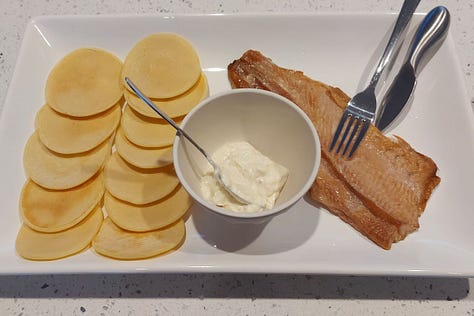
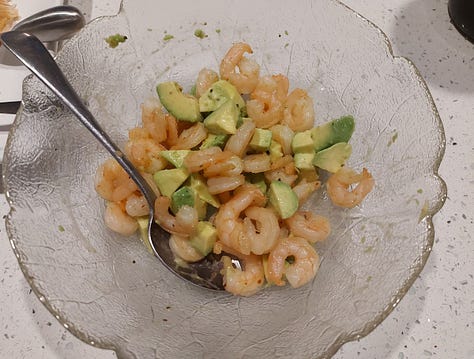


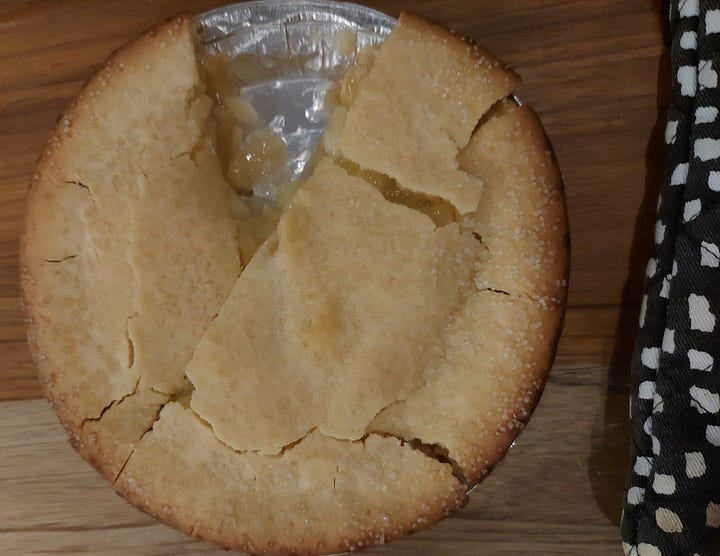
Mānawatia a Matariki
We honour and celebrate Matariki
Caroline Bindon & Andrew Gamman

